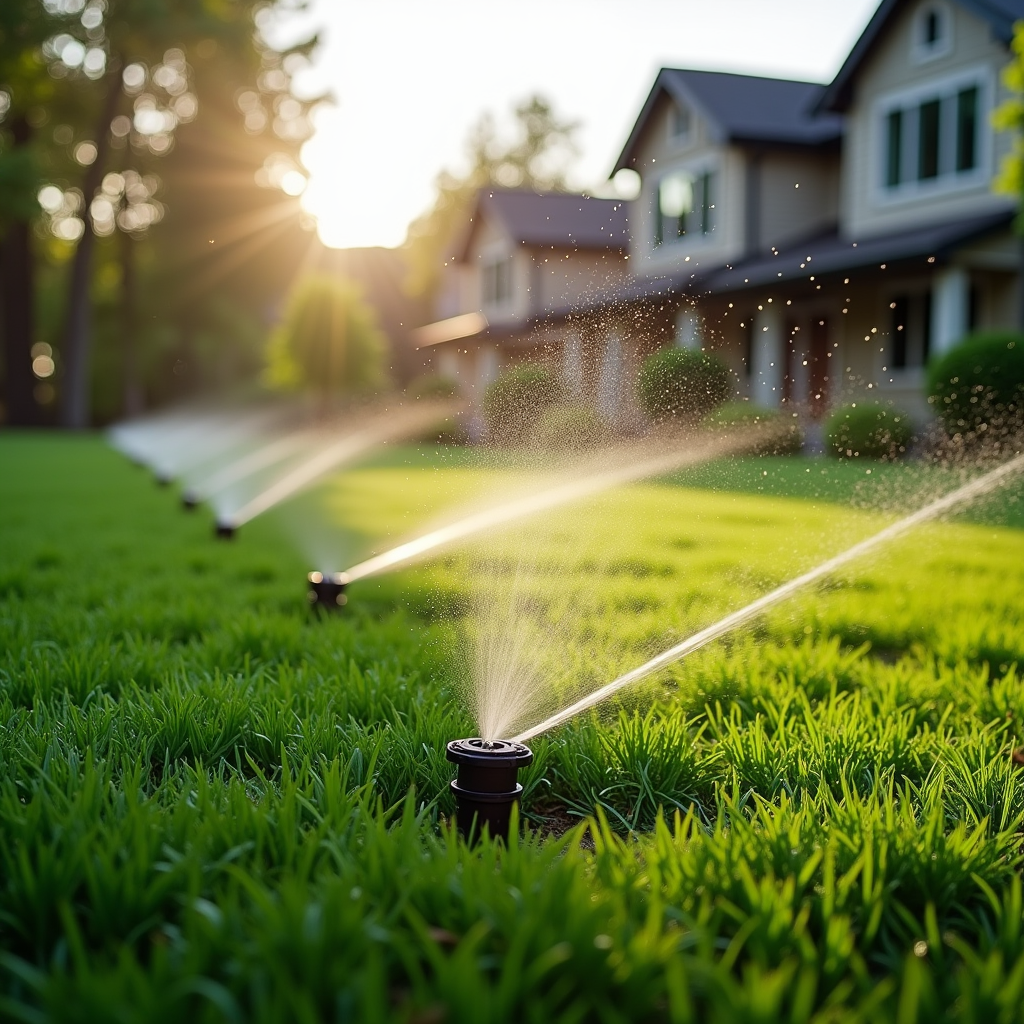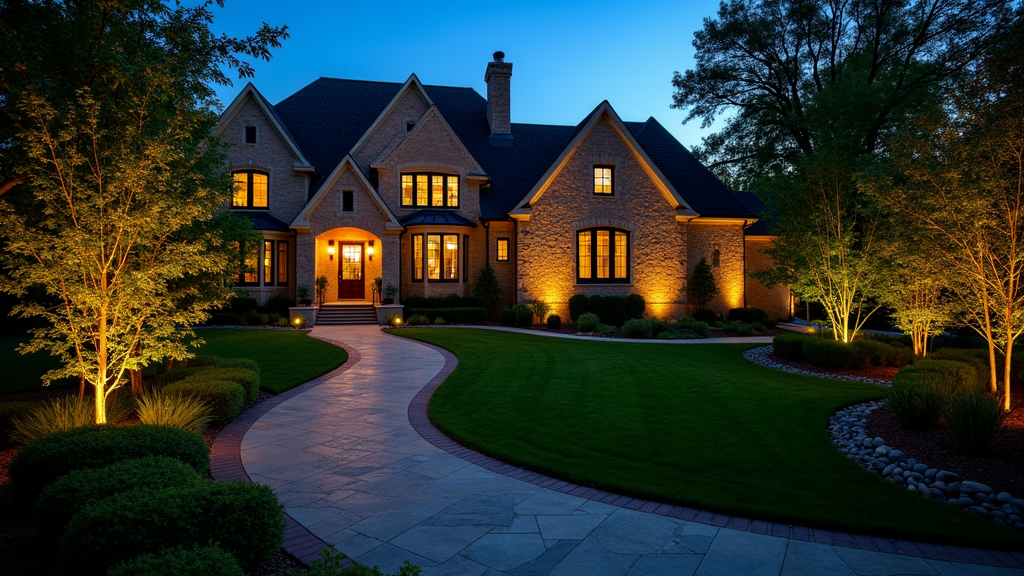Introduction
Landscaping isn’t just about making your yard look pretty; it’s about creating a functional outdoor space that meets the needs of you and your family. Whether you're in a bustling city, a suburban neighborhood, or the natural beauty of North Carolina, an effective landscape design combines aesthetics with practicality. This article will delve deep into how to focus on functionality in your landscaping plans. From understanding your soil type to choosing the right plants, we’ll explore practical tips that can help you achieve an efficient and enjoyable outdoor space.
Focus on Functionality: Practical Tips for Efficient Landscaping
When considering landscape design, functionality should be at the forefront of your planning process. This means thinking about how you'll use your outdoor space. Do you want areas for entertaining? Maybe a garden for vegetables? Or perhaps a quiet nook to unwind with a good book? Here are some essential tips for creating a landscape that works for you:
1. Assess Your Space
Understanding Your Yard's Features
Before diving into design, take stock of what you have. What is the size and shape of your yard? Are there slopes or dips? How does sunlight move through your space?
Soil Type Matters
Different plants thrive in different soils. Is yours sandy, clayey, or loamy? Conducting a simple soil test can guide you in choosing plants that will flourish.

2. Define Your Needs
Identifying Key Activities
What will you primarily use your yard for? Gardening? Barbecues? Kids playing? Knowing this helps inform your design choices.
Family Dynamics
Consider who uses the outdoor space most often. Families with children or pets may need open areas to play, while empty nesters might prioritize seating and aesthetic features.
3. Create Zones
Designing Functional Areas
Zone your outdoor area into specific sections based on activities (e.g., seating area, garden beds). This creates flow and usability.

Hardscaping vs. Softscaping
Balance hardscaping elements (like patios or walkways) with softscaping (plants and flowers). Each serves its purpose and contributes to overall functionality.
4. Choose Plants Wisely
Native Plants Are Best
In North Carolina, native plants require less water and maintenance while providing food and habitat for local wildlife.
Seasonal Interest
Select plants that bloom at different times throughout the year to maintain visual interest across seasons.
5. Consider Maintenance
Low-Maintenance Options
Choose perennials over annuals where possible to reduce upkeep time. Also, incorporate mulching to suppress weeds and retain moisture.
Smart Irrigation Systems
Investing in an irrigation system can save time and ensure all parts of your landscape receive adequate watering without wasting resources.
6. Incorporate Technology
Smart Gardens
Explore modern gardening technology like app-controlled irrigation systems that adjust watering schedules based on weather conditions.
Landscape Lighting
Install energy-efficient LED lights to enhance nighttime usability while highlighting beautiful aspects of your landscape design.
7. Sustainability Practices
Rain Gardens
Creating rain gardens not only manages stormwater but also supports local flora and fauna while being visually appealing.
Composting
Implement compost bins into your design as both an eco-friendly practice and a way to fertilize plants naturally.
8. Enhance Outdoor Living Spaces
Comfortable Seating Areas
Invest in quality furniture designed for outdoor use which encourages relaxation and social gatherings outdoors.
Fire Pits and Outdoor Kitchens
Adding fire pits or kitchens can make spaces more inviting and extend their usability into cooler months.
9. Plan for Privacy
Natural Barriers
Use hedges or trellises with climbing vines as natural privacy screens without blocking light or airflow completely.
Fencing Solutions
If noise reduction is also needed, consider soundproof fencing options that fit within your landscape design aesthetics while maintaining function.
10. Use Color Intentionally
Harmonious Color Schemes
Select colors that complement not just each other but also the style of your home when choosing flowers, furniture, or decor items for outdoor spaces.
Seasonal Color Changes
Plan for color changes throughout the year by incorporating various plant types along with seasonal decor changes in seating areas or decks.
FAQs About Efficient Landscaping
Q1: What are some low-maintenance landscaping ideas?
A1: Consider using native plants, installing rock gardens, employing ground covers instead of grass, and utilizing mulch to minimize weed growth.
Q2: How do I choose the right plants for my climate?
A2: Research native species suited to North Carolina's climate; local gardening centers often offer great advice tailored to regional conditions.
Q3: Should I hire a professional landscaper or do it myself?
A3: It depends on your skill level, budget, and project complexity; DIY can be rewarding but sometimes hiring professionals ensures better results efficiently done!
https://blogfreely.net/cassinexrj/incorporating-southern-heritage-into-your-landscape-design
Q4: What role does hardscaping play in functionality?
A4: Hardscaping provides structure; it creates pathways, patios, retaining walls, which define spaces aiding movement through different zones efficiently!
Q5: How can I make my yard more eco-friendly?
A5: Opt for native plants, install rain barrels for watering needs, use organic fertilizers from composting kitchen scraps instead of chemical options!
Q6: Is there any advantage to having edible landscapes?
A6: Absolutely! Edible landscapes provide fresh produce while enhancing beauty; herbs can be decorative too while saving costs at grocery stores!
Conclusion
Efficient landscaping ultimately hinges on focusing on functionality without sacrificing beauty. By understanding how you wish to utilize your outdoor space—be it through strategic zoning, selecting appropriate plants like those suitable for landscape design in North Carolina, smart maintenance practices, or integrating modern technology—you can create a practical yet aesthetically pleasing environment outside your home. Remember—the best landscapes are those that cater not just to our eyes but also our lifestyle needs! So go ahead—embrace these practical tips in "Focus on Functionality: Practical Tips for Efficient Landscaping" today!